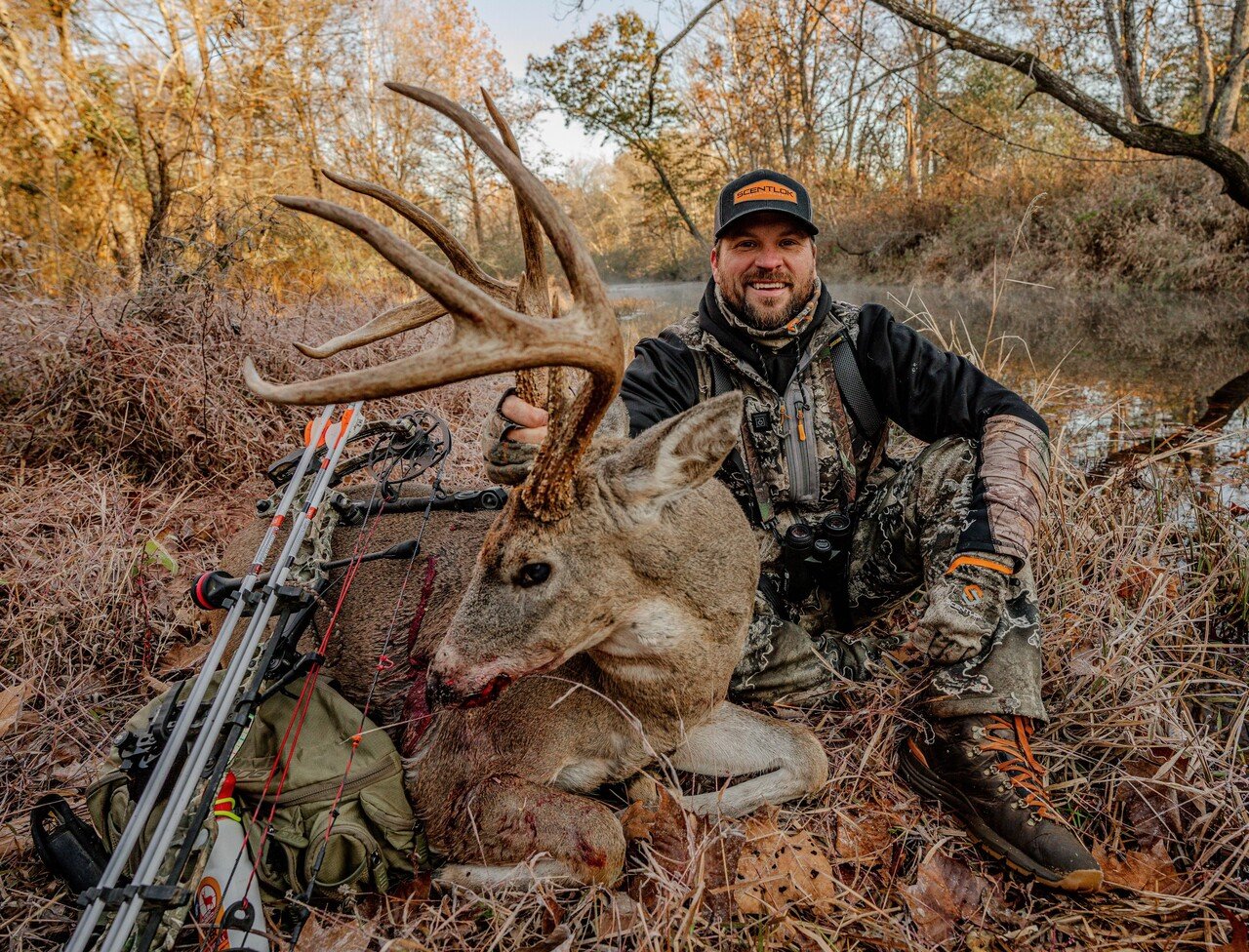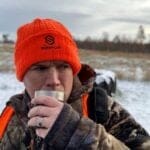Late-season deer hunting presents unique challenges and opportunities for hunters. Over the years, I have noticed that most late-season strategies revolve around food. I recently visited with Randy Birdsong of Headhunters TV and The Raven. Inquiring with Birdsong, my initial question revolved around alternative late-season deer hunting strategies beyond positioning oneself close to food sources. Birdsong laughed and said he didn’t have an alternative answer. As bad as we wish there were another killer tactic for hunting mature bucks during the late season, unfortunately, a food source is a must if you want to harvest a mature buck late in the year. So, we talked and discussed the importance of food sources and dug into post-season activities to enhance the chances of success for the following year.
Late Season Buck Hunting Strategies
Late in the season, deer are primarily driven by the need for food to survive harsh winter conditions. Randy Birdsong, a seasoned hunter from Headhunters TV, emphasizes the importance of targeting food sources during this time. Birdsong said he has food plots featuring brassicas and turnips on his Missouri property, which works great for the late season. However, he stated that one of his favorite late-season food sources is standing soybeans, or standing corn because it attracts and holds mature bucks.
Regardless of your preferred food source, the subsequent consideration is whether to pursue hunting in the mornings or evenings. The choice between morning and evening hunts during the late season depends on various factors. Birdsong explained that evenings are traditionally more productive. Even though deer might feed in the mornings during cold snaps, evenings remain the go-to time to hunt. Birdsong suggested paying attention to weather patterns and adapting your hunting times accordingly. “The colder and more brutal the weather, the more deer move during the latter part of the season.”
Game cameras can be valuable tools for understanding deer movement patterns when determining what part of the day is best to hunt. During the late season, position cameras near food sources to capture the frequency and timing of buck visits. This information can help refine your hunting strategy and increase your chances of encountering a mature buck. Birdsong said the risk of pushing deer out of the food source is too high during the mornings to risk walking to his stand or blind. Instead, he takes advantage of the afternoons to walk in and hunts for the rest of the day.
Post-Season Activities
Birdsong agreed that the late season can be an excellent time to harvest a mature buck. Yet, as with this year, by the end of the year, he has used all his buck tags in his home state of Missouri. Although he is hunting in Oklahoma after the holidays, he uses the later portion of the season to take advantage of harvesting does first. If you’ve already filled your buck tags, consider harvesting to maintain a balanced buck-to-do ratio. This not only contributes to effective deer management but also enhances the overall health of the herd. Birdsong explained he prefers this time to harvest does, because he doesn’t have to worry about messing up his chances on a mature buck. As for a lower risk of spooking a mature buck, Birdsong advocates spending his time after the season, such as scouting and walking the hunting area in February and March. During this post-season period, deer are less sensitive to human presence. Hunters can use this opportunity to make mental notes of deer sign, travel routes, and potential stand locations for the upcoming season. Birdsong said that travel routes are much easier to identify and observe during the last part of the winter, weeks before the season changes into more spring-like conditions.
Another task that many hunters partake in after the season has concluded is supplemental feeding and using minerals. Birdsong recommends providing supplemental feed and minerals where legal. This ensures deer receive the nutrition needed to survive the winter and promotes antler growth in bucks. Be aware of local regulations regarding feeding and mineral use. Birdsong explained that his property in southeast Missouri has a population of wild hogs that he must also consider. Supplemental feeding is not an option in areas where hogs are more plentiful. For that reason, Birdsong said having a lush late-season food source is a must. When asked what hunters can do through the off-season to improve next year’s chances at a late-season buck, he answered, “If you don’t have food late season, you better spend this spring and summer making food plots where you can.”

It is simple: late-season buck hunting requires a strategic approach centered around food sources.
Randy Birdsong’s insights emphasize the importance of understanding deer behavior during this time and preparing for the next season through scouting, harvesting, and providing much-needed food and nutrition when deer need it the most. This contributes to the overall health of the deer population and dramatically increases your chances of ending your season with a mature buck on the ground.

